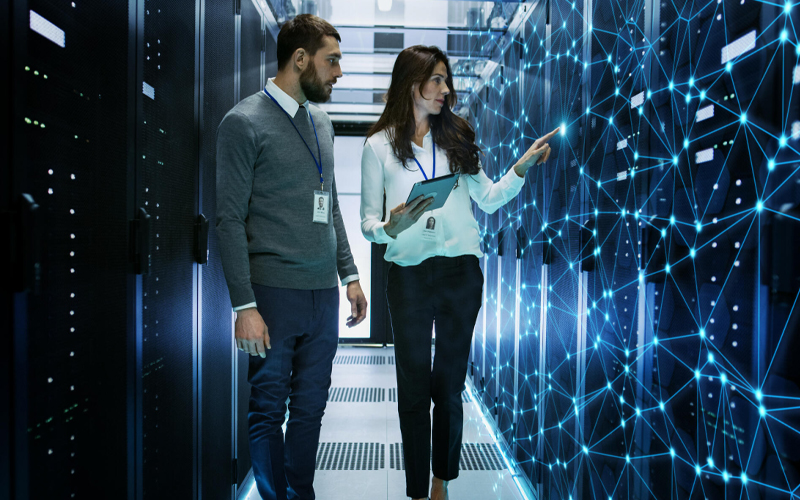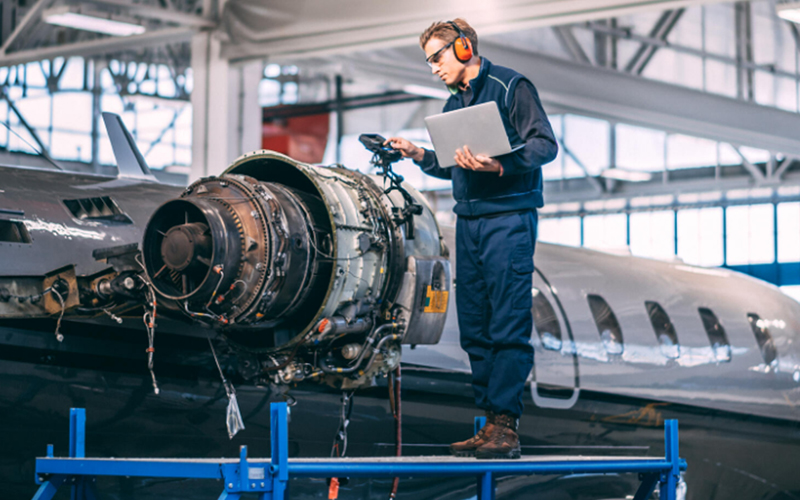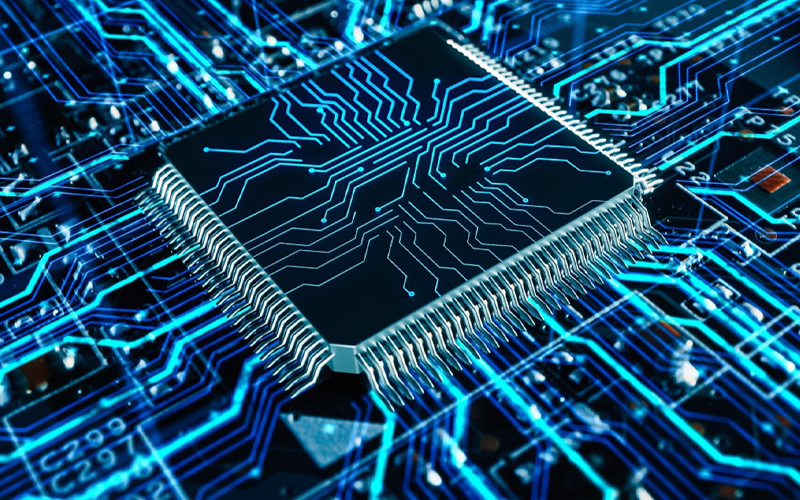Globally, urbanisation is rapidly increasing with people moving to cities in search of better prospects. According to the World Economic Forum, 80% of the world’s population will live in cities by 2050, up from the current 55%. Therefore, cities need to be more efficient to ensure efficient resource consumption, optimal space utilisation, and better management of several issues that crop up with such scale. Governments, the world over, are turning to smart city solutions to tackle this problem.
So, what are smart cities, and how do they make cities more efficient?
A smart city is a fully interconnected city that uses data from sensors to analyse, automate and drive a range of intelligent services to make the city more efficient, cleaner and safer. A combination of technologies such as the Internet of Things (IoT), Artificial Intelligence (AI), software applications, and high-speed communication networks make this possible. IoT helps bring all this together to achieve interconnectedness. The connected devices could be smartphones, sensors, vehicles, home appliances, surveillance systems, etc. Collectively, smart city solutions help streamline the city’s day-to-day operations with little or no human intervention.
A report on smart cities by Juniper Research ranks Shanghai as the world’s no.1 smart city for 2022, with Seoul, Barcelona, Beijing, and New York in the top five. The factors considered for the ranking are transportation and infrastructure, energy and lighting, city management and technology, and urban connectivity. These are the areas that drive smart cities. At the core of this is IoT technology. According to another Juniper Research study, the total number of IoT connections will reach 83 billion by 2024. Let’s briefly understand how IoT helps create smart cities.
IoT and interconnectedness
A smart city infrastructure must have IoT sensors installed throughout the city to collect real-time data enabling city officials to control and manage it intelligently. Business analytic solutions should analyse the data collected from the various sensors to arrive at patterns mapped to set rules for enabling control. Some data sets may require further analysis for deeper insights to arrive at critical decision-making. These insight-driven decisions can be automated using rule-based control through AI algorithms. Integrating this system with applications that citizens interact with for various services creates interconnectedness. This system should have interfaces for city officials to monitor, manage and automate relevant notifications to citizens. However, a crucial aspect is to ensure security through necessary firewalls to allow only authorised access to the city data.
Let’s look at three smart city applications.
- Lighting systems: IoT sensors installed across the city’s lighting systems will make them more energy-efficient. For example, IoT sensors can automatically adjust lighting to become brighter with an increase in traffic/pedestrians. The interconnected system can also track any malfunctioning lights, triggering maintenance alerts. In the future, programming these sensors to detect accidents and send ambulance alerts is also possible.
- Traffic management: Smart traffic lights can automatically detect high traffic volumes and change dynamically to streamline traffic flow. Sensors can be installed on road surfaces to detect traffic movement to pass on congestion details to the traffic management system for taking remedial actions. These sensors can even detect road conditions to trigger repairs.
- Waste management: With increased urbanisation, waste management is a colossal issue for city officials. Most cities still follow fixed schedules for waste collection. At times, it causes bins to overflow, causing pollution. Instead, waste bins can have sensors installed that will trigger alerts for collection, and with data across the city available centrally, optimisation of collection routes for efficiency is possible.
Some other future smart city applications are parking, transportation and healthcare.
So, what advantages do we gain from smart cities?
Smart cities help improve the quality of life for their citizens through enhanced efficiency and effectiveness of governance. They touch all walks of life, such as business, transportation, healthcare, environment, and communication. The quality of life considerably improves with easy access to services, lesser pollution, road congestion, and greater control over resources. They also lead to lesser crime rates with smart surveillance systems directly connected to law enforcement agencies, thus improving public safety significantly. Smart meters can help with utility fraud management. Connecting smart homes to healthcare systems for monitoring improves emergency responses. It also leads to a cleaner and more sustainable environment as IoT sensors can help with carbon footprint analytics to take corrective measures.
The future smart city is getting enabled by advances in IoT and related technologies. It will take time to achieve wholly smart cities. However, many global smart city success stories are spurring investment in this field. A Research and Market report states that the global smart cities market is projected to grow from USD 511.6 billion in 2022 to USD 1024.4 billion by 2027, at a CAGR of 14.9%. That indicates confidence in the smart city concept around the world.
*For organizations on the digital transformation journey, agility is key in responding to a rapidly changing technology and business landscape. Now more than ever, it is crucial to deliver and exceed on organizational expectations with a robust digital mindset backed by innovation. Enabling businesses to sense, learn, respond, and evolve like a living organism, will be imperative for business excellence going forward. A comprehensive, yet modular suite of services is doing exactly that. Equipping organizations with intuitive decision-making automatically at scale, actionable insights based on real-time solutions, anytime/anywhere experience, and in-depth data visibility across functions leading to hyper-productivity, Live Enterprise is building connected organizations that are innovating collaboratively for the future.







